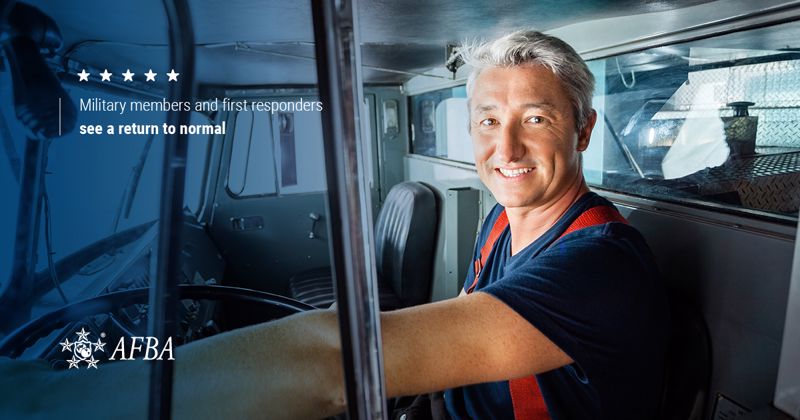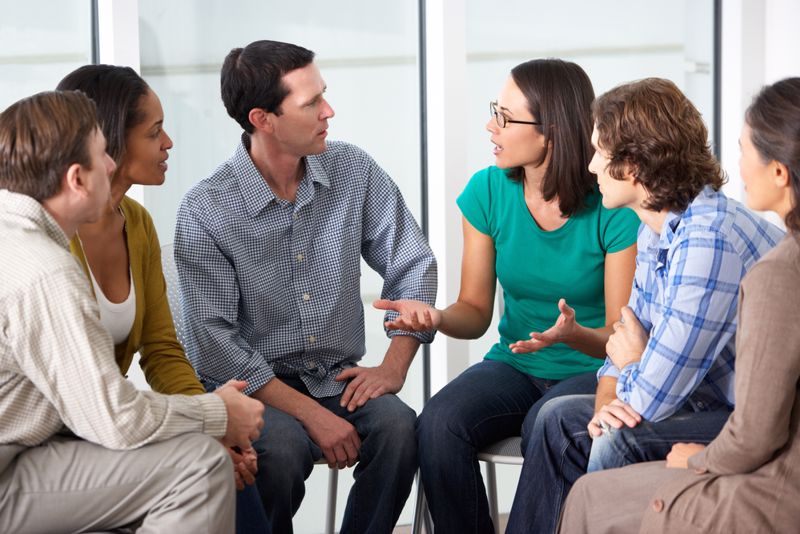After nearly two years of unprecedented changes as a result of the COVID-19 pandemic, some things are finally getting back to normal for Americans. The precautionary measures impacted the general public and changed how military personnel and first responders operated in their daily lives. While the virus is still impacting the economy and most workplaces, the creation of vaccines and a better understanding of how COVID-19 works have helped aid in returning to normal. So what does this mean for active-duty members and first responders?
Military members return to normal
When the COVID-19 pandemic hit America, the Department of Defense (DOD) implemented serious travel restrictions on active duty military members. According to the Chinese government, patient zero was believed to have contracted the virus on November 17, 2019, in Wuhan, China. On Jan. 30, 2020, the DOD U.S. Indo-Pacific Command restricted travel to China and the quarantine requirements and other restrictions just increased from there in order to maintain safety standards. Now, things are far less restrictive than they once were.
On August 25, 2021, the Deputy Secretary of Defense gave "a message to the force, directing secretaries of the military departments to immediately begin full vaccination of all members of the Armed Forces under DOD authority on active duty or in the Ready Reserve, including National Guard, who are not fully vaccinated against COVID-19."
The existence of the vaccine has given more freedom to the U.S. armed forces members and the ability to visit their families and return to normalcy. Some service members are attending support groups in the wake of their homeland COVID-related duties. Travel restrictions have been loosened for those who are vaccinated, leading to more gatherings and less strict quarantine restrictions for active-duty military members. In fact, COVID-19 cases have been improving in some states as compared to early in the pandemic, especially in the Northeast U.S.

First responders seeing some return to normalcy
Society has relied on EMS service members and other first responders more than ever during the pandemic, their work more critical than ever in light of the virus. In most states, first responders were given some priority when it came to receiving the vaccine. Similar to the armed forces, first responders have received more freedom as a result of obtaining the vaccine.
The way that first responders do their job has changed, but now they are able to continue doing their jobs and some may say that things are returning to usual life. According to CNBC, health care workers are finding joy in the small things and their 2020 report showed that participating in TikTok challenges and coming together as a community helped boost spirits.
For both the first responder and military communities, having a sense of community is the best way to deal with the stress of the past two years. The CDC lists spending "time outdoors either being physically active or relaxing," and doing "things you enjoy during non-work hours" as a way to cope with difficulties and enhance resilience. Regardless of the community, people have become adept at pushing through the realities of covid and finding joy in the outside/family/etc
More gyms are starting to open and allow group classes, making it easier to blow off steam. Military bases have continued their physical testing requirements and opened up their training facilities. According to the Military Health System, some active-duty service members have been doubling down on their exercise routine in order to promote good mental health.
Time has offered some reprise from the chaos of late 2019 and early 2020. Military members and first responders who have had to adjust their daily work routines are finding comfort in returning to the normalcy of attending events and building a sense of community outside of computer screens.

